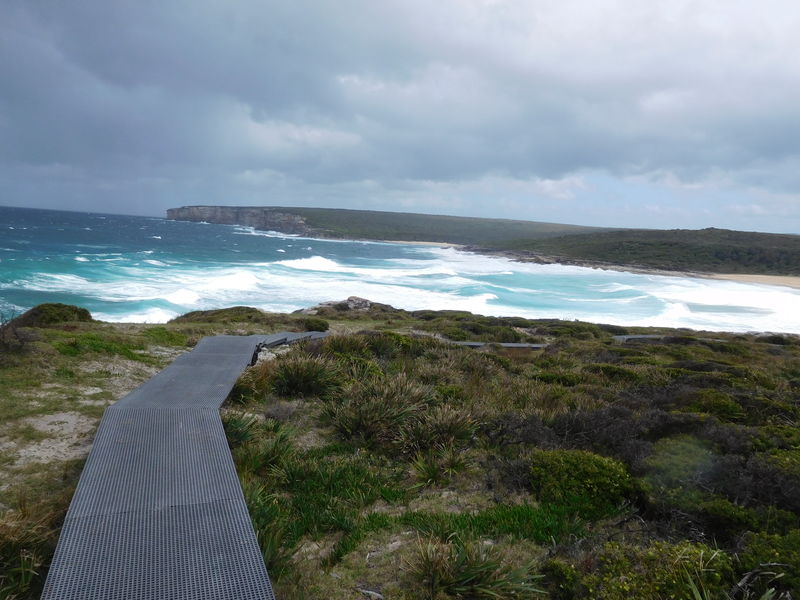
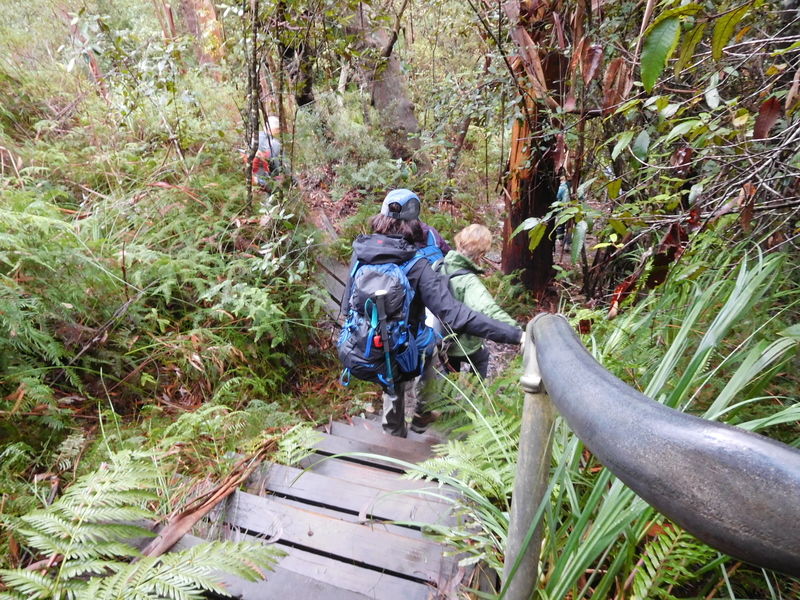
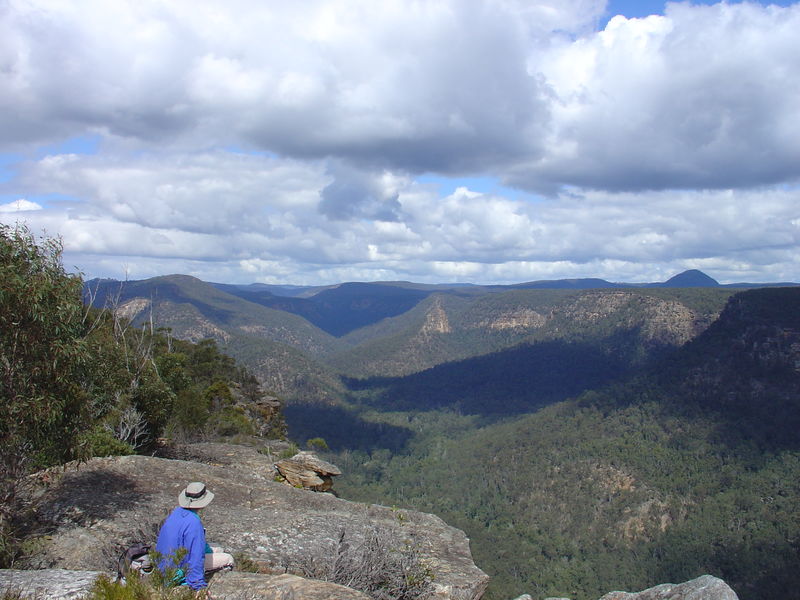
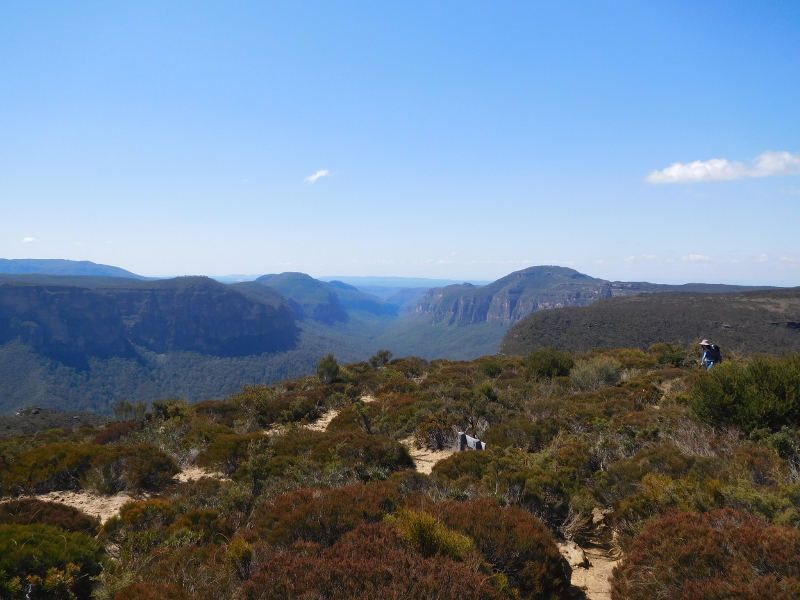
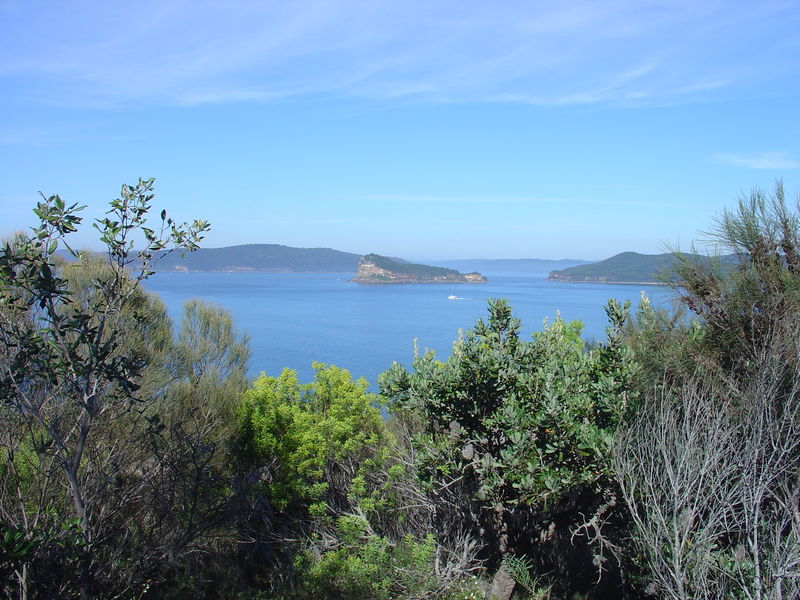
The Mountain Devils
Bushwalking and
Social Club Inc.
NEWS.
Activity report added.
Walks on 13/04 and 04/05 have been changed.
Walk Grading Guidelines.
The following guidelines have been developed by the Mountain Devils as a guide for participants in club walks and for activity leaders to use when assessing the difficulty of a walk. These are the guidelines that are applied for all walks undertaken by The Mountain Devils.
Walks are graded using two criteria, approximate distance and terrain.
Approximate Distance: The distance grading is expressed in bands. This is a guide only as measuring the distance of a walk is not an exact science, some leeway is required. If a reasonably accurate distance is known it will be noted in the activity description. The bands are:
- A - 0 to 5km's.
- B - > 5 to 10km's.
- C - > 10 to 15km's.
- D - > 15 to 20km's.
- E - > 20km's.
Terrain: What the walking surface is like. The terrain of a walk can be described by a single item or a combination of items from the following list:
- 1 - Introductory or Easy.
Suitable for all club members and larger groups. Generally level, well formed, or maintained tracks. Possibility of frequent rest breaks. Easy pace. May have small number of steps but usually not more than about 50 metres of ascent or descent. Usually creek crossings on bridges. - 2 - Moderate difficulty.
Suggested for most club members who are active and currently in good health. Also suitable for larger groups. Mainly on clearly marked formed trails but may contain short sections of rougher track. Regular breaks. Moderate pace. Walk may include some steep sections but usually no more than 100 metres of ascent or descent. - 3 - Challenging.
Will suit regular, fit, experienced walkers. Smaller groups. Quicker pace and shorter rest breaks. More challenging terrain with ascents or descents of up to about 200m. May include shallow creek crossings but usually no scrambling or exposed areas. - 4 - Strenuous.
Fit, experienced walkers only. Small groups. Fast pace and minimal rest breaks. May include off-track sections but generally on established walking routes or tracks. Ascents or descents may be up to 500m or even more. Previous bushwalking experience essential. Some rock scrambling, exposure and creek crossings may be required. - 5 - Advanced.
High physical fitness essential and good health required. May have significant component of off track walking. Often in remote areas with steep terrain. Well equipped self sufficient walkers and small groups. Likely to require scrambling or even basic rock climbing skills. May be necessary to cross significant creeks or rivers. Often intended to be exploratory in nature.
Some useful definitions.
- Fire trail - Trail suitable for driving a vehicle along. Can be rough and steep but usually wide and easy to follow.
- Footpad or Track - Tracks that are formed and maintained (by man or regular use) for walking including sand, dirt, rock, concrete and bitumen surfaces.
- Rough Track - A track that is not well formed and/or not maintained, resulting in rough walking surfaces.
- Off-Track - Territory where there are no formed or maintained tracks to follow.
- Rock Scrambling - Walkers make use of hands and feet to climb up or down rock ledges, chimneys, clefts and/or over boulders.
- Exploratory Walks - Are conducted to either investigate an area or the Leader may not have an accurate description to go by so the walk can become exploratory in nature. Participants in exploratory walks need to bring an open mind and a sense of adventure.
- Undulating - Walk that goes up and down hills over the length of the walk.
Walking pace.
- Easy Pace - Some walks may include in the description the term "easy pace". This can be a shorter or slower paced walk for older people or those with lesser fitness, or people who may like to do some harder walks, possibly including off-track but at their own pace.
- Moderate Pace - The majority of club walks could be described as being undertaken at a "moderate pace". This means stand-up regrouping, breaks for morning tea, lunch, afternoon tea and stops at places of interest. Pace will vary from faster flat sections to slower uphill and/or harder sections in line with terrain.
- Quick Pace - Walks at this pace are similar to moderate paced walks but the length of time between breaks may be longer, and the number and length of breaks are reduced. These are generally harder or longer walks.
Choosing a walk.
- If you are unsure, choose an easier walk first. You can always do a harder walk later.- Ask the activity leader to discuss the specifics of the proposed activity.
- Consider the conditions. Walks are generally harder of it is hot, windy, rainy conditions.
- Think about your normal activity levels. How far can you normally walk?
- Have you walked with another club previously? What is the hardest walk completed?
- Any recent illness, injuries or accidents which might impair your ability to walk?
- Some walks require public transport connections. An Opal card might be required.
- Entry fees apply to some activities. Ask leader if this is required.
- Be realistic about your walking ability but don't be afraid to challenge yourself.
- Tell the leader about walks you have done before. This is a useful guide to the type of walk you will enjoy.
If you are still unsure of any grading, please discuss this with the Activity Leader who is organising the walk when you book-in. National Parks party size limits where applicable are to be complied with. Some variations to the definitions above may be needed to cover some walks and participants will be advised of this in the walk description.